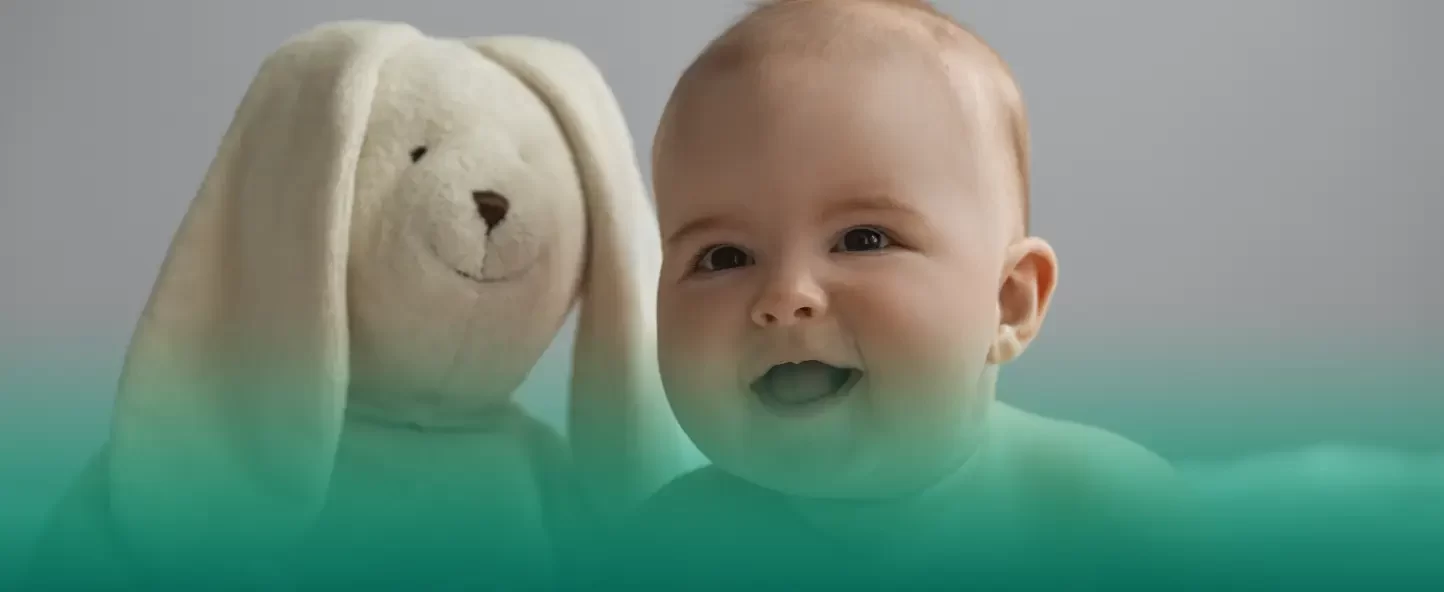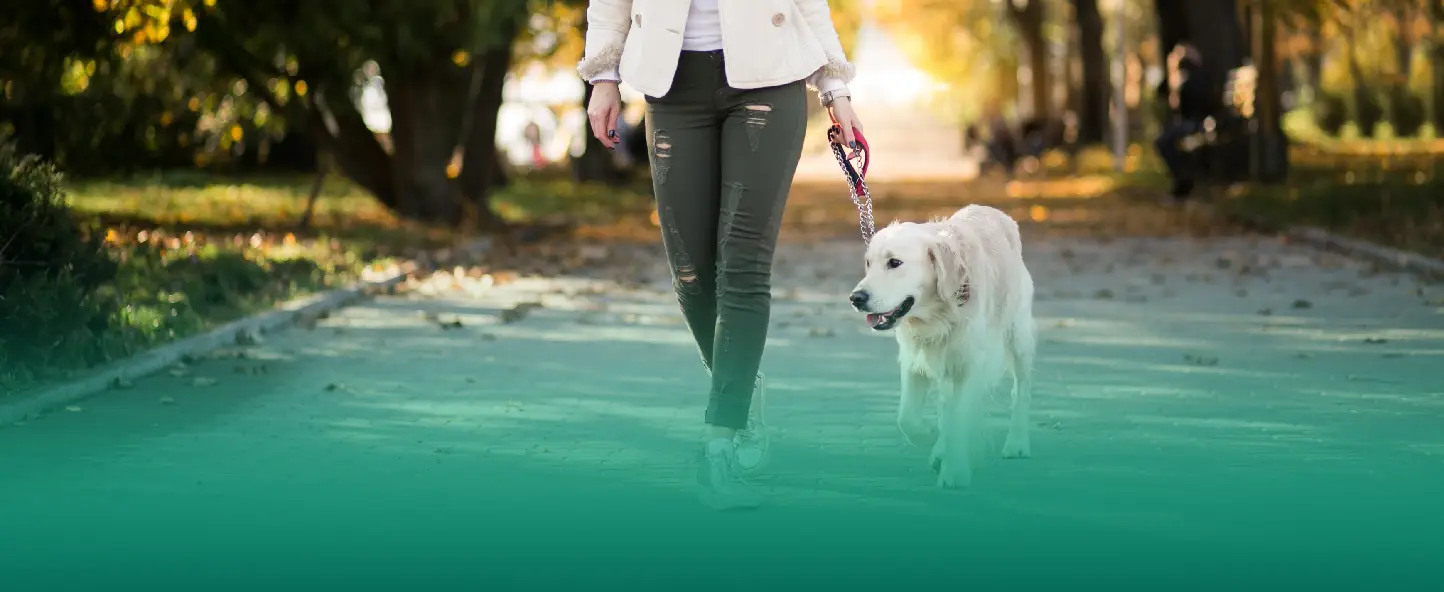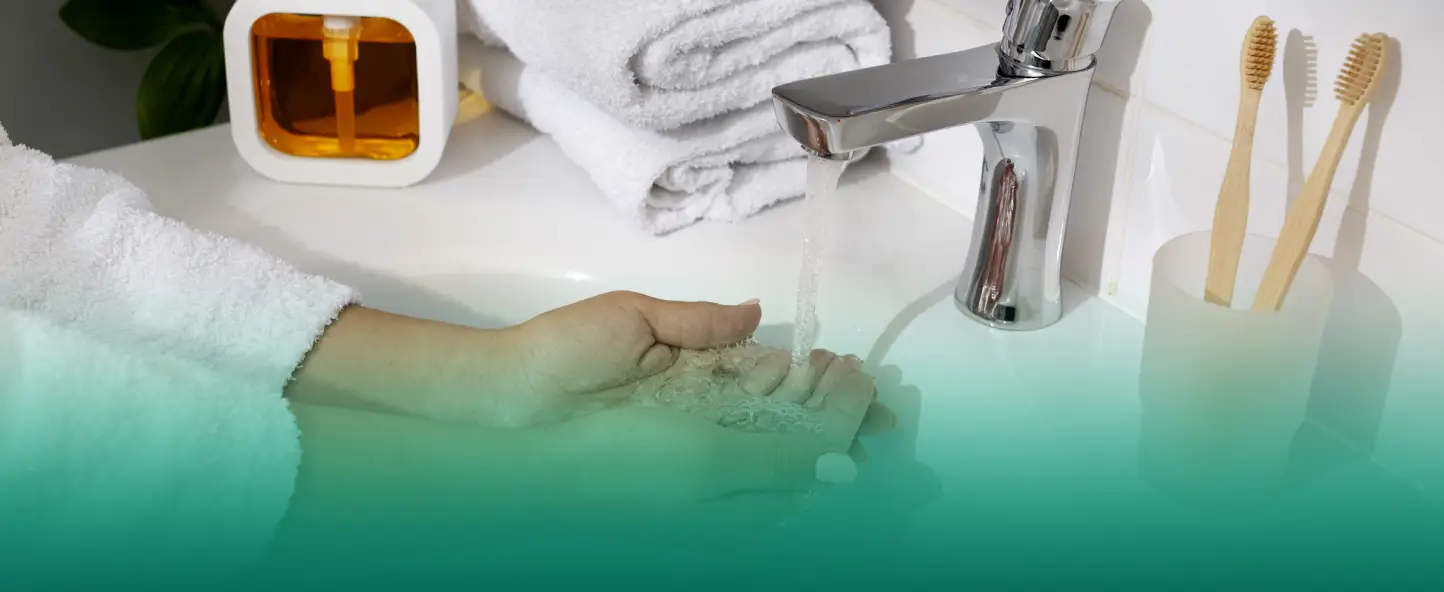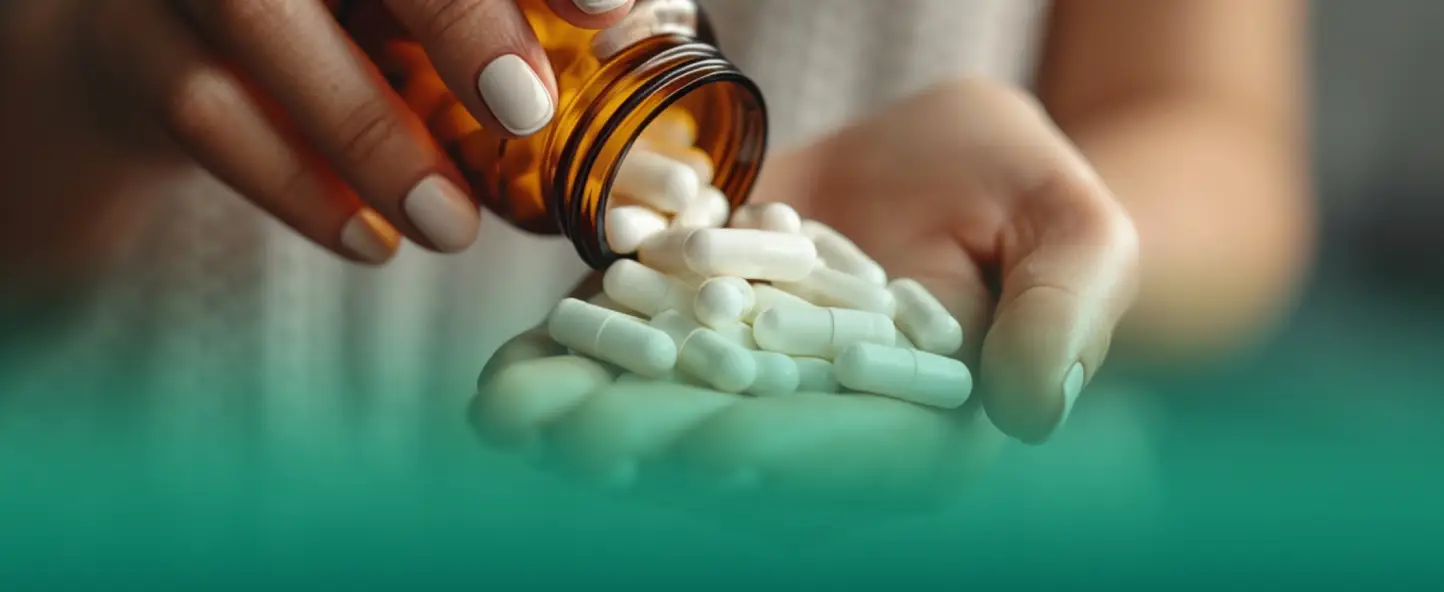Myth: You can’t bathe a child during ARVI – he’ll get even sicker
We suffer not from water, but from contact with viral infections that can cause illness. In fact, taking a bath when you have a fever can be beneficial as it can help reduce your fever and extend the time between taking your fever-reducing medications. However, certain conditions must be met: the water temperature must be between 15 and 32 degrees Celsius.
The main requirement is that the water is pleasant and comfortable for the child, so that he feels calm and relaxed. The only limitation is that if otitis media is present, it is not recommended to bathe the child to avoid possible water getting into the ears and aggravating the condition.
Myth: You need to supplement your baby with water
Supplementation is not required as both breast milk and formula generally contain enough water to meet the baby’s needs. Therefore, when the mother’s lactation is established, additional supplementation is not necessary.
Supplementation should not be considered critical if breastfeeding is normal and the child receives enough nutrients. Therefore, if one of your loved ones gave the child a drink of water, even if it was accidental, this should not cause controversy.
However, it is important to remember that it is not recommended to give your baby water on purpose, as this can disrupt natural nutrition and lead to excess fluid intake.
Myth: It’s important to breastfeed on a schedule
In order for the baby to learn to suckle at the breast and develop feeding skills, in the first months of life it is recommended to offer the breast upon the child’s first request. In addition, even short periods of application can stimulate the lactation process and improve its quality.
Gradually, the baby will establish his own feeding regimen and will attach to the breast as needed, adjusting his regimen depending on his own needs. However, it should be remembered that strict feeding on a regular schedule based on specific time intervals can have a negative impact on the lactation process, as well as on the satisfaction of the infant’s needs.
If the baby is hungry, he will express his needs through his own behavior, and it is important to respond to them in a timely manner, without delaying feeding until the set time. And if the baby does not want to eat, then he can refuse the breast, and in this case one should not insist on feeding.
Myth: Your child needs to sunbathe to get vitamin D
It is important to note that vitamin D plays an integral role in a child’s health, while tanning is not an essential element. Getting enough vitamin D from the evening sun is nearly impossible due to various factors, including time of day and length of exposure.
Morning sun can be dangerous not only because of the risk of sunburn, but also because of the increased likelihood of developing melanoma, a skin cancer. Therefore, children should only be exposed to the sun while using sunscreen, and vitamin D should be obtained safely through medications.
Myth: Take babies to the bathhouse to evaporate all diseases
No disease can be cured by taking steam in a bathhouse. In addition, it is not recommended to bathe a child in water with a temperature above 37ºC, not to mention a bath where the temperature can exceed +50ºC. This may cause burns. The adult body can effectively regulate temperature by secreting sweat and using other mechanisms to avoid overheating of organs. However, the baby’s body is not yet developed enough for such temperature control, so overheating is dangerous for them.
Myth: A rash on a baby’s face is because the mother ate something wrong
In most cases, the appearance of a skin rash in a child is not associated with the diet of the mother who is breastfeeding. This condition is often called infantile acne, and it develops in approximately 20% of children.
The cause of this condition is still not fully understood. Infant acne usually goes away on its own without treatment and does not leave any scars on the skin.
Myth: To prevent a child from having allergies, the mother must follow a strict hypoallergenic diet
In no country in the world does the concept of a “nursing mother’s diet” exist. To ensure adequate nutrition for the child, it is necessary that the mother eat a varied diet and receive all the necessary vitamins and minerals. Strict diets can make the mother hungry and increase her anxiety. In some cases, the doctor may recommend dietary restrictions for the mother, such as eliminating certain foods such as cow’s milk, if the baby is suspected of having allergies.
In addition, there is evidence that indicates that if a child at an early age, after the introduction of primary complementary foods, consumes “major allergens” – such as eggs, dairy products, peanuts, tree nuts, fish and shellfish – in small quantities, the risk of developing severe allergic reactions to these products in the future is significantly reduced.
Myth: You should put cotton wool in baby’s ears when swimming
The ear has three main parts: the outer ear, the middle ear and the inner ear. Otitis in children is a bacterial inflammation of the middle ear. The part we commonly call the ear is actually the outer ear and the ear canal.
The middle ear includes a tympanic cavity with a volume of approximately 1 cubic centimeter and several bones. The inner ear is a sensory organ responsible for sensing sound and maintaining balance. Between the outer and middle ear is the eardrum, which normally has no holes.
Therefore, if a child does not have a defective eardrum, there is no connection between his outer and middle ear. That is why water flowing into the ears is absolutely safe. If your child gets water in his ears, simply turn him first to one ear and then to the other so that the water flows out.
Myth: If your baby spits up a lot, you need to hold him up after feeding
If a child rarely experiences vomiting, then even if he accidentally swallows air, he is usually able to get rid of it on his own. The only thing that needs to be monitored in this case is the correct attachment of the baby to the breast to ensure proper nutrition and a comfortable feeding process.
If your child gags frequently, when you lift him upright after eating, some of the food may come out along with air. The main reason for this is the weakness of the sphincter between the stomach and esophagus.
Lifting the baby upright after eating represents additional manipulation and physical stress for him. When a parent turns a full baby into an upright position, this can wake him up, become restless, and most likely cause vomiting.
Therefore, if the child often feels nauseous (especially if he is not gaining weight well), then the best option would be to feed at an angle of 45 degrees, and not to disturb the child after eating.
Myth: If your baby has a runny nose, you can’t take him for walks
The most common cause of a runny nose is a sign of a mild viral infection. When a child has a stuffy nose, it can make it difficult for him to eat and sleep. Outside, cool, humid air often makes it easier for children to fall asleep: cool air constricts the blood vessels in the nose, which makes breathing easier.
However, it is important to remember to prevent transmission of infection to other children, so walking alone with a parent is a good idea, while being around crowds of children, especially if your child is showing signs of a respiratory infection, is not recommended.
If your child has a fever but feels better in the fresh air, you can try going for a short walk. It is important to remember: we get sick because of viruses, and not because we went outside.






